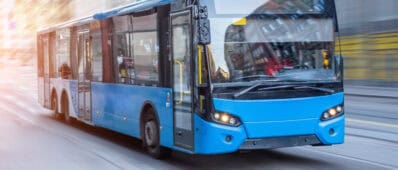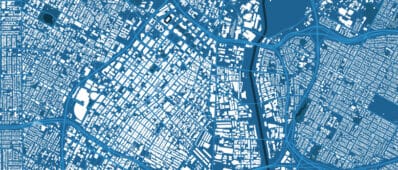Abstract
Health concerns and government restrictions during the COVID-19 pandemic caused a sharp increase in telecommuting (i.e., doing paid work at home or possibly an alternate worksite). In addition to reducing vehicle miles traveled (VMT), decreasing energy use, and lowering emissions of air pollutants and greenhouse gases (GHG), telecommuting may offer numerous other co-benefits, including increasing the worker pool, decreasing time and costs associated with travel, improving work-life balance, and decreasing stress. It may also stimulate greater use of non-motorized and active modes of travel (e.g., walking, biking, taking transit). However, telecommuting (especially during the pandemic) may also affect remote workers’ opportunities for promotion and ties with colleagues, health, work-life balance for families with children (childcare and schools did not operate normally during the pandemic), and even work productivity. It may also increase commuting length because telecommuters tend to live in more suburban areas, usually associated with fewer transit options and a higher likelihood of car use. While a large body of literature on telecommuting existed before COVID-191, this research looked at how the frequency of telecommuting changed in California during the pandemic, and how it may evolve. Whereas most previous research relied on non-random samples, the dataset used for this research was collected at the end of May 2021 by Ipsos, which randomly sampled Californian members of KnowledgePanel©, is the largest probability-based online panel in the nation, so the results are generalizable to California’s population. Quantifying changes in telecommuting is important for updating sustainable community strategies created by Metropolitan Transportation Organizations and gauging telecommuting’s likely contribution to meeting California’s GHG reduction targets. Moreover, analyzing telecommuting frequency for different socio-economic groups and occupations should help policymakers understand the long-term impacts of the pandemic on different segments of the labor market.



